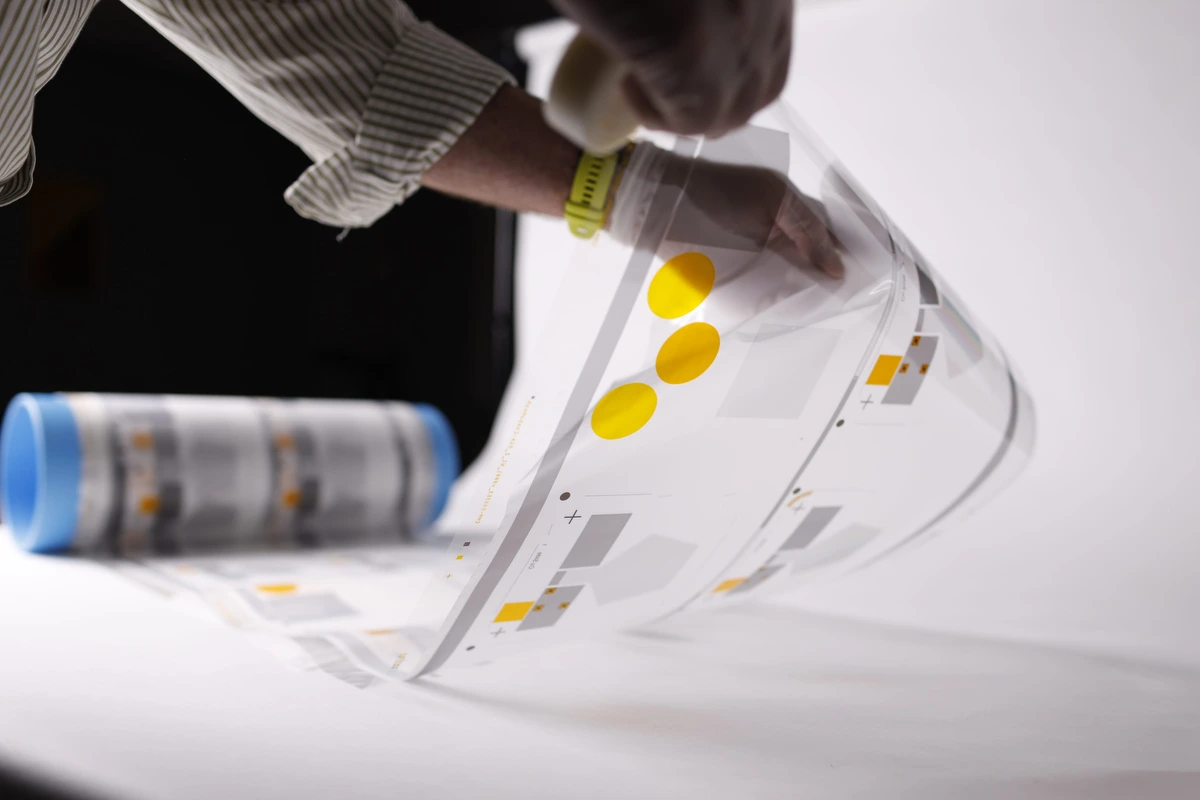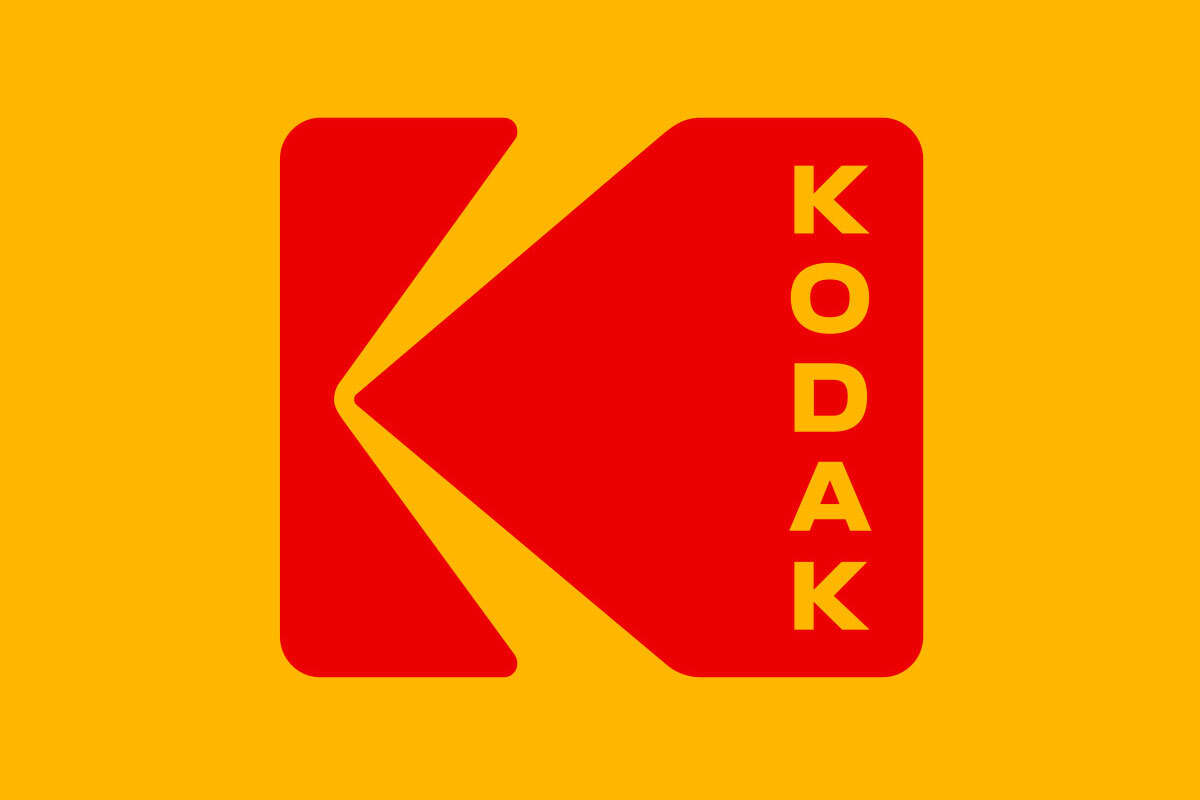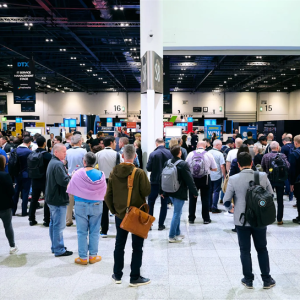
Mega brands are rarely conjured overnight. Corporate icons tend to develop gradually, with consumers building trust in a product over years. But what happens when such a corporation shifts focus and that wealth of history must now cohabit with a revised vision of tomorrow? And how does one communicate that shift in a way that breaks down and breaks through long-held preconceived notions?
These are precisely the questions Denisse Goldbarg has grappled with in recent times. The chief marketing officer at Eastman Kodak since July 2021, Goldbarg has been tasked by CEO Jim Continenza with ensuring the firm’s corporate image reflects the company of today. Out are the ‘Kodak moments’ familiar to so many 20th-century tourists, to say nothing of the apps and smartphones the company dabbled in as the B2C photography market collapsed.

In their place, Goldbarg says, is an emphasis on what she and the executive team call Kodak’s “core competencies”. “We, as a marketing organisation, worked very hard to make sure that people know who we are and what we do,” the CMO explains. “I’d say the one critical area that we continue to work on is that we are now firmly anchored as a B2B company.”
Past and present
Once enjoying a two-thirds global share of the B2C photographic film market, Goldbarg and her team have had to fight to ensure that modern customers understand precisely how the company has divested from that heritage.
Yet if the CMO is obviously conscious of the weight of history – and concedes that some clients still “remember the brand in businesses we no longer participate in” – Goldbarg argues that Kodak’s storied history can equally prove useful. As she puts it, it’s far easier to get a hearing by announcing that ‘‘I’m Kodak, and I’m in the commercial printing business” than trying to market as an anonymous start-up.
This optimism is bolstered by the numbers. With the company recently posting revenue growth in consecutive years for the first time in decades, the Kodak brand is once again turning heads. That echoing of history can be heard in other ways too: it’s surely no accident that in 2016 Kodak revived the iconic red and yellow logo it first adopted in the 1970s.
Promoting innovation
If leveraging its core competencies is one pillar of the new Kodak, innovation is another. That’s clear enough when it comes to marketing. Where once advertising at Kodak was essentially aimed at a camera-wielding public – ‘From preschool to grad school and every moment in between,’ as one memorable tagline had it – Goldbarg says that the company’s B2B pivot increasingly requires “very targeted” campaigns for specific industries.
In some ways, this more intimate style of marketing is embodied in Goldbarg’s own job. In addition to the role of CMO, she’s also Kodak’s EAMER (Europe, Africa, Middle East region) head of sales, a fact that helps Kodak’s sales “ambassadors” stay abreast of shifting marketing strategies. Just as crucially, this mixed approach ensures that high-level marketing never gets too “disassociated” from the day-to-day rhythm of shaping pitches and securing clients.
Though marketing is not the only area where Goldbarg is relying on the US giant’s glittering past. That’s quickly apparent when it comes to Kodak’s technical prowess. Always a leader in printing innovation, Goldbarg stresses that advanced materials is another area of strength. “That is something that we have been doing for years,” she says. “And we do it better than anyone else in the world.”
Sounding convincing across different sectors is especially important given Kodak is investing in new industries. A case in point is healthcare, where the firm has been manufacturing key starting materials for years and is expanding into producing active pharmaceutical ingredients used in non-biologic, non-antibacterial, and generic pharmaceuticals. Elsewhere, the company recently announced a partnership to integrate its inkjet technology into printing on disposable hygiene products.

These ambitions mean ensuring that ambassadors feel comfortable in their particular fields, says Goldbarg. Understand Kodak’s new target audiences and this quickly makes sense: unlike many erstwhile B2C customers, Kodak can’t hope to attract expert B2B clients by dealing in generalities.
By way of example, Goldbarg highlights hospitality. With Kodak planning to manufacture light-blocking fabrics for hotel curtains, the company needs genuine industry specialists, people who understand operator concerns and know how to assuage them. “It’s about having the right people within the organisation that understands specific industries,” Goldbarg suggests, adding that when it comes to hospitality, many Kodak salespeople once worked in the sector.
A culture of honesty
Encouraging thoughtful customer relationships is important in other ways too. Goldbarg has battled to instil an atmosphere of openness in her client relationships, working with Continenza to be completely honest about what Kodak does well – and how it could further bolster client satisfaction.
Nor is this merely a hypothetical aspiration. Through the formation of an advisory board, comprising some of Kodak’s biggest global customers in the print industry, Goldbarg now gets direct feedback on everything from supply chains to costs.
That’s shadowed by a broader cultural push around encouraging staff to take the initiative, something that’s not always been part of Kodak’s corporate vocabulary. With company veterans seeing their employer go from market dominance to bankruptcy and back again, Goldbarg says the resulting trauma had left some “resigned” to ignoring concerns or potential business opportunities.
But here, too, executive leadership is promoting change. For one thing, a new internal recognition programme rewards problem-solvers and self-starters. For another, staff from the executive level down are being prodded to flag issues before they grow into bigger issues that so hamstrung Kodak in the past.
Areas like rising costs, for example, can sometimes provoke uncomfortable conversations, both internally and with clients. But listen to Goldbarg, and that’s simply the price of being a responsible business in the modern world. As she puts it: “I cannot solve a problem I’m not aware of.”
Learning not to panic
Of course, there is not much that marketing and communication strategy can do about the rising cost of key materials like aluminium, the material used to make the company’s printing plates. But what Goldberg and her team can do, bolstered by the twin principles of collaboration and candour, is to maintain focus and purpose even in the face of challenging headwinds. “We’ve learned not to panic,” she says. “We have a job to do: really bringing this company back, and making it profitable again.”
Worrying less about the day-to-day is also helping shape Goldbarg’s marketing role, “liberating” her to be more strategic about the longer-term future of Kodak, confident as she is in the B2B-inflected vision for the business. “As a marketer, I’d say we’re fortunate that we can take the long view,” she explains. “This is not a tomorrow decision, nor a next week decision. We know where we want to go – and it’s really just about being consistent and persistent.”
Given where Kodak was a decade ago, that pervading sense of purpose is surely welcome to a workforce that has experienced its share of false dawns and diminished ambitions. More than that, it speaks to a business comfortable in its mission, and one happy to restore and reform its brand carefully and methodically.
Goldbarg and her team are keen to serve as ambassadors for that 130 years of history, but they are also intent on creating and communicating some history of their own.








